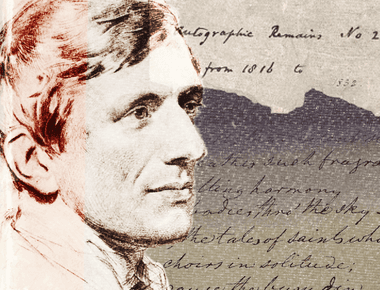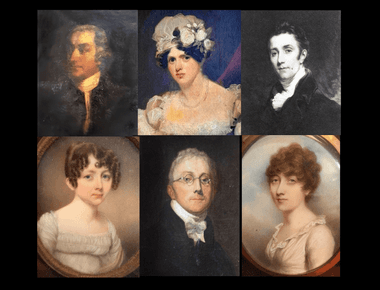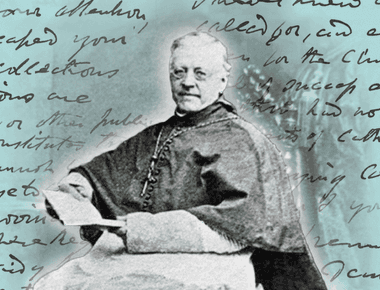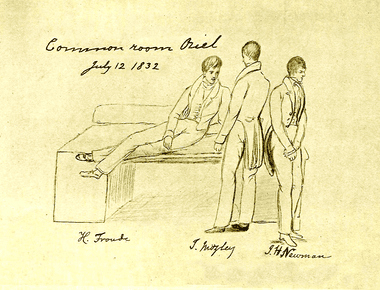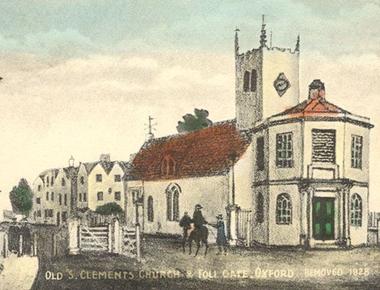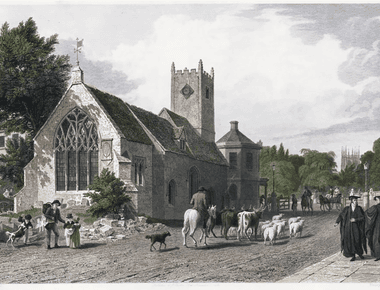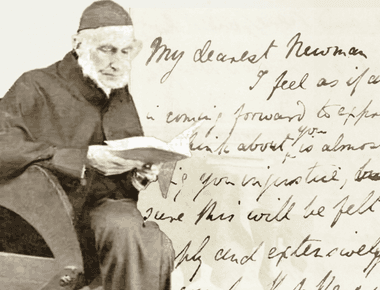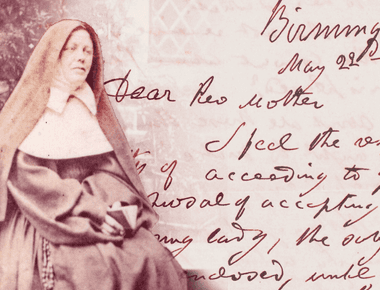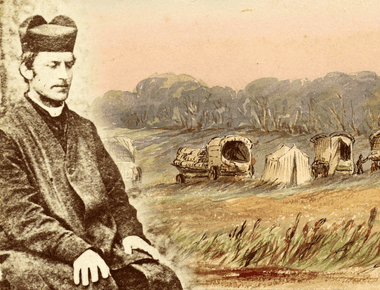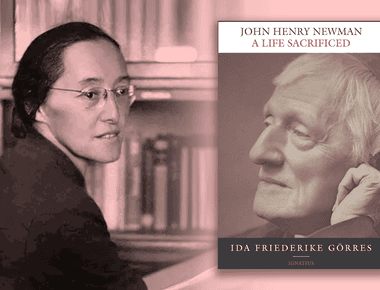
In Munich in the 1990s, a previously unknown manuscript of an unpublished book about John Henry Newman written fifty years earlier surfaced. It was subsequently published in German (Der Geopferte, 2004) and has now been translated into English as John Henry Newman: A Life Sacrificed (Ignatius Press, 2024). The author was Ida Friederike Görres (1901–1971), a once-famous Catholic author known especially for her hagiography.


